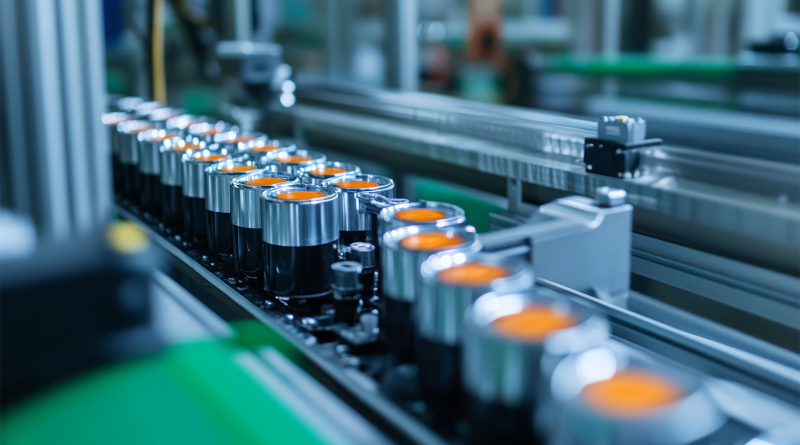How the Inflation Reduction Act is Reshaping Battery Production
Subscribe to our free newsletter today to keep up-to-date with the latest manufacturing news.
American battery manufacturing is at a pivotal moment, shaped by policy incentives, trade regulations, and industry collaboration. The Inflation Reduction Act has renewed focus on domestic battery production, encouraging investment while presenting challenges tied to tariffs, supply chains, and site selection.
Policy incentives and industry response
The IRA has been a game-changer for American battery manufacturers, offering subsidies and tax incentives to drive domestic production. The act aims to reduce reliance on foreign supply chains and bolster U.S. competitiveness in the electric vehicle and energy storage markets. Several international companies have responded by establishing operations in the U.S., drawn by financial incentives and policy stability.
However, while incentives are attractive, trade restrictions and tariffs complicate the procurement of raw materials and specialized manufacturing equipment. Companies must weigh the benefits of IRA subsidies against the higher costs of local production and limited domestic supply sources.
Strategic site selection for manufacturing facilities
Choosing the right location for battery manufacturing is crucial for long-term success. Companies consider various factors, including proximity to raw materials, workforce availability, and state-level incentives. Southern states like Georgia and South Carolina have emerged as key players due to business-friendly policies, existing industrial infrastructure, and access to transportation networks.
A prime example is Fenecon Inc., a battery manufacturer that selected Greenville, South Carolina, for its U.S. facility. The decision was driven by a combination of tax credits, skilled labor availability, and regional support for clean energy industries. Similar trends are observed across the Midwest and Southeast, where manufacturers seek to capitalize on policy-driven incentives and industrial expertise.
Challenges in the current trade environment
Despite policy support, American battery manufacturers face hurdles related to trade restrictions and sourcing materials. Tariffs on imported lithium, nickel, and cobalt have increased costs, forcing companies to seek domestic alternatives or renegotiate supply agreements. Additionally, reliance on Asian markets for battery components remains a critical issue, as supply chain disruptions continue to impact pricing and availability.
To counteract these challenges, some manufacturers are investing in recycling initiatives and alternative battery chemistries that reduce dependency on imported materials. While these strategies show promise, large-scale implementation remains costly and requires further technological advancements.
Collaborative strategies for supply chain resilience
Industry collaboration has become essential for mitigating supply chain risks and ensuring long-term sustainability. Battery manufacturers, automakers, and policymakers are working together to establish localized supply chains and encourage innovation in energy storage solutions. Partnerships with mining companies and recycling firms have gained traction as businesses seek to reduce material shortages and create closed-loop production models.
For instance, multiple automakers have announced joint ventures with battery producers to secure lithium and rare earth metal supplies. These alliances aim to stabilize raw material availability while driving cost reductions through economies of scale.
Sources:
